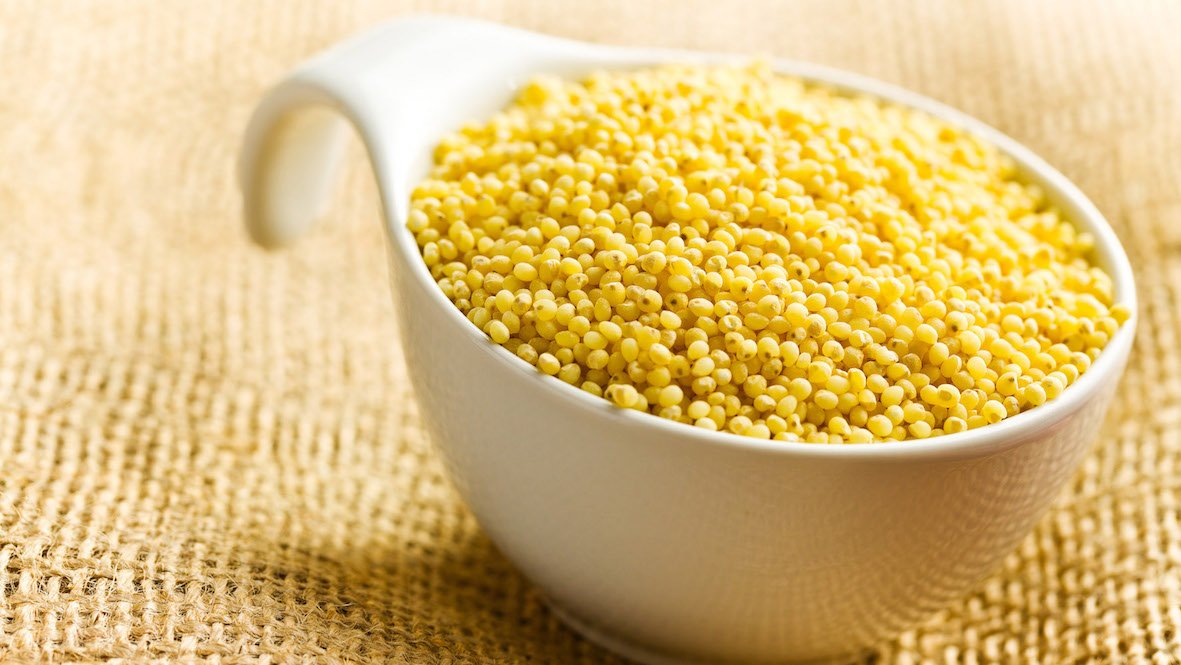Inside BENEO’s new pulse plant: pioneering sustainable protein from faba beans
ASSOCHAM holds webinar on Millets 2021: Status & Way Forward
The Associated Chambers of Commerce and Industry of India (ASSOCHAM) recently hosted a Virtual Session on Millets 2021: Status & Way Forward to the status, challenges and way-forward of the Millet Industry in India, in association with HarvestPlus and NuFFooDS Spectrum.
The discussions invited views on policy interventions required to promote the production of millets crops in India and increasing its area under cultivation and also the role of all stakeholder associated with the industry in one way or the other.
Vikas Jain, Joint MD, PMV Nutrients emphasized that despite the prominent nutritional qualities, millets have received less attention than the major cereals. In the past six decades, India has witnessed a decrease in the area under millets. He also recognised the efforts of the Government and the steps taken to incorporate Millets as a part of Government of India’s Millet Mission.
Dr. Suresh Kumar Malhotra, Agriculture Commissioner, Ministry of Agriculture and Farmers Welfare, the chief guest for the session, shared his views and said that despite the decrease in the area for production; millets are gaining momentum and making their way into the consumers’ plates.
“Government of India’s Millet Mission comes under the National Food Security Mission (NFSM). NFSM-Coarse Cereals is divided into two parts and one of them is the sub-mission on nutri-cereals to be implemented in 202 districts of 14 states”, he said. He pointed out that we need to be prepared for the global demand in the upcoming years and asked ASSOCHAM to take this initiative forward along with the GoI.
Further, Dr Vilas Tonapi, Director, The Indian Institute of Millets Research (ICAR-IIMR) highlighted that in terms of nutrition these coarse grains stand tall as compared to other cereals. “Millets are good for diabetic patients as they have a low glycemic index”, he added.
On the other hand, Dr. Binu Cherian, Country Director, HarvestPlus, mentioned that studies have found that consuming high-iron biofortified pearl millet improved cognitive function in iron-deficient Indian adolescents.
Taking the discussion ahead, Prashant Parameswaran, MD & CEO, Tata Consumer Soulfull said, “Large interest of going back to the roots and ancient grains, and also Health Experts & Government agencies are endorsing Ragi and its effect on Immunity building.”
Amit Singh, Head – Raw Materials, ITC pointed out various reasons for low traction on millets in food industry including declining production & low marketed surplus. “Reduction in the conversion costs especially at pre-processing stage, and developing cost-effective technology will surely make the millet based products more affordable”, he said.
Towards the end, Vinita Sudhanshu, Deputy General Manager, APEDA shared her views on Boosting the exports of Millet. She emphasized on the major interventions required in the millet supply chain including Focus on high potential production districts
Summing up, Pradnya Paithankar, SDG Manager, UN-WFP said that success lies in systematically strengthening the millets value chain- from seeds and cultivation to palatable nutritious recipes and products.

